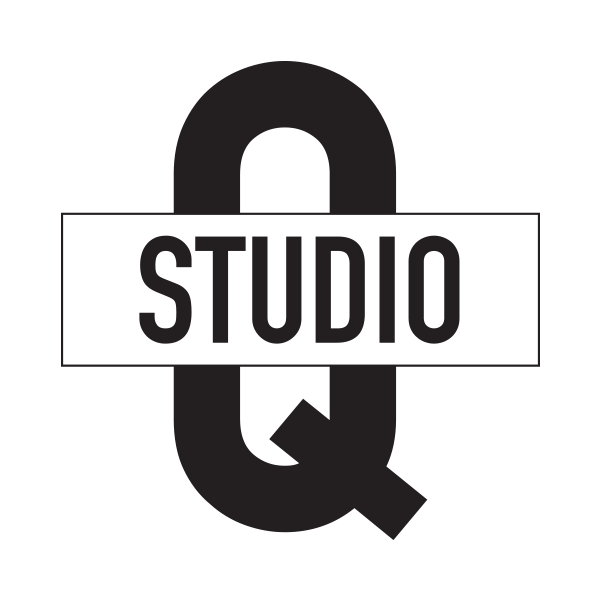Writing is an exercise in balance. It's the skill of retaining a reader's interest for an extended period, guiding them through the intricacies of your story. And let’s be honest—it’s hard to do well.
As a visual artist, I’ve spent years working in mediums I deeply understand: photography and visual arts. Writing, though? That’s a newer addition to my creative repertoire. Am I a writer? Maybe. Ask me again after you’ve read my book. For now, I’ll say this: I’m proud of the work I’ve done, but I’m acutely aware of the challenges. Writing isn’t about grammar or structure alone—it’s about connection. It’s about creating something that resonates, that lingers. Time will be the judge of whether I’ve succeeded.
In contrast, when it comes to visual art, I know my footing. I’ve spent decades refining my craft, immersed in observation, thought, and exploration. Despite my confidence, I find myself at a crucial juncture. I’m editing the visuals for my book—selecting which photographs and artworks will make it to print. The process is as exciting as it is painstaking. With over 200 pieces to choose from, I’m paring it down to 50, maybe 75. Every cut feels like a sacrifice.
How do I choose? For me, it’s all about context—how each image aligns with the narrative. The connection between the visuals and the text has to be seamless. Every photograph, every piece of artwork, must do more than look beautiful; it must amplify the story, offering a lens into its deeper layers.
This process reminds me of something essential: storytelling, whether through words or images, isn’t about showing everything—it’s about showing the right things. It’s about creating space for meaning, for resonance. And if I can do that, then maybe—just maybe—I’ll have a successful piece of work.
I still remember the first time I encountered the term homo narrans. The idea struck me immediately: storytelling, not language or reasoning, is what sets humans apart from other species. It suggests that we make decisions based on the coherence of stories rather than cold, hard logic. That resonates deeply with me. Storytelling isn’t just something we do—it’s how we make sense of our world, how we uncover meaning, and how we better understand ourselves.
Humans, though, carry an extraordinary burden. We’re the only creatures who know we’re alive and, someday, will die. That knowledge—whether we admit it or not—is crushing. Most of us suppress it, carrying the weight unconsciously. But it shows up, often in destructive ways, shaping our behavior and relationships in ways we don’t always recognize.
I see it every day. People walking around, bogged down by what some thinkers call the "overabundance of consciousness." There’s even a theory that our awareness of mortality—our recognition of death—was an evolutionary misstep. It’s hard not to feel that sometimes. But I also know this: if we hadn’t evolved the ability to deny and distort the reality of death, we wouldn’t have survived. That’s clear to me. Fear would have paralyzed us, kept us from taking risks, from facing danger, from living.
Think about it. We drive cars, walk across busy streets, play contact sports—all things that carry real risk. If we were constantly aware of what could go wrong, we’d be immobilized. And in our younger years, we pushed those limits even further. Some of us didn’t make it. I’ve written about those moments—stories of risk-taking and the tragic outcomes they sometimes led to. And yet, we still carry on, fueled by the unspoken belief: it won’t happen to me. That denial is what makes action possible, what allows us to survive, even thrive.
This dynamic fascinates me. The way we navigate mortality—the lies we tell ourselves, the unconscious bargains we strike—is at the heart of what it means to be human. As I’ve studied these ideas, I’ve come to understand just how central this denial is to our survival. It’s a feature of our evolution, not a flaw.
I’m excited to see these ideas come to life in my book. If you're interested, stay tuned to this blog for updates on its release date. I’m still deciding the best format: hardcover, softcover, audiobook, Kindle? Maybe all of the above. Stay tuned. It’s coming soon.

